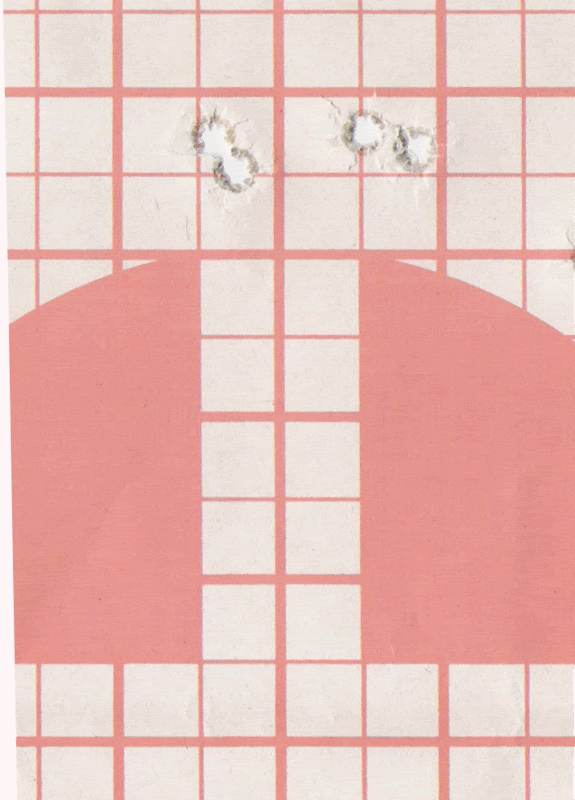Very interesting article

First, I am not a good rifle shot having spent most of my time field shooting with shotguns so most bad groups are most likely me!
A year or so ago I thought that I hit upon a good load with 150 grain NAB's at a bit over 3K fps.
@ 100 yards I often got this type of target but assumed a mechanical problem.
This first target was left/right/left right.
This 5 shot group below is actually a 4 +1 group.
The holes are left/left/right top/left
I then switched to a different load on a different target.
Feeling cocky, I decided that the top right shot was a flier, so I decided to put a bullet dead into the bull so aimed at the lower black dot figuring it would hit dead center....I left in disgust

The rifle is built on a Savage 110 action with a Tupperware stock without a barrel nut ( Remington style barrel )
The barrel and angled scope base required high scope rings so cheek weld is certainly inconsistent ( I had assumed that using a scope it wouldn't matter ).
To make matters worse, this is a muzzleloader so after firing I need to stand, swab the bore reload, and then reset the rifle on the bags.
If cheek weld could cause this type of groupings, then I certainly will add an adjustable cheek piece to this stock.
Any thoughts would be greatly appreciated.
edge.
 Help Support Long Range Hunting Forum
Help Support Long Range Hunting Forum


